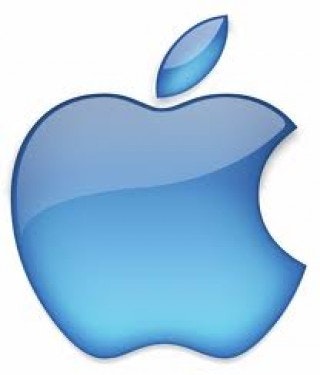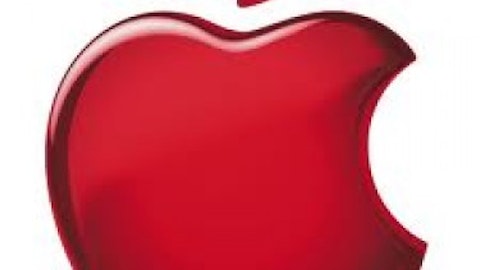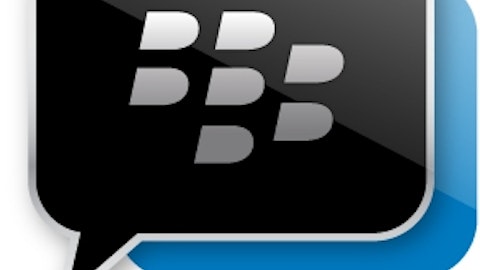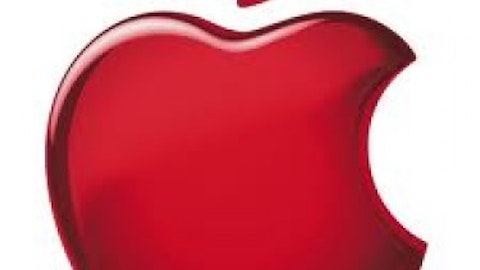The smartphone battlefield is becoming more competitive year after year, and the performance by some of the main players in the last two years can only tell the story better. Some of the companies are facing extinction from the smartphone realm, while others may have to alter their tactics in order to restore glory.
A fast glance at the current picture will imply that the likes of Nokia Corporation (ADR) (NYSE:NOK) and Research In Motion Ltd (NASDAQ:BBRY) are staring at the possibility of having to focus their finances elsewhere, as the smartphone market slips to industry giants, Apple Inc. (NASDAQ:AAPL) and Samsung , as well as other low-end-targeted smartphone manufacturers like Huawei.
This is not to say that Apple Inc. (NASDAQ:AAPL) is in a comfortable position. Its margins have been declining in recent results, as its premium-assembled iPhones compete with competitively-priced devices from industry rivals. Apple’s stock price is indicative of investors’ fear for the company’s future, and not primarily based on fundamentals.
What’s inevitable?
Apple Inc. (NASDAQ:AAPL) needs to introduce an iPhone tailor-made for the emerging markets, especially in countries where carrier subsidies are not common. The Middle East, Asia, and Africa are the primary markets for companies like Huawei, as their cheap smart devices get the attention of the growing middle-class. A majority of these economies are in the transition period from low class, which means their pockets do not run as deep.
In the West, Apple is also facing massive competition from Samsung’s Galaxy S phones, and according to recent statistics, its market share in Europe is on the dive. This means that, unlike in the past, Apple Inc. (NASDAQ:AAPL) may not be able to compensate its low penetration in the emerging markets with sales from the West. This is what’s keeping investors at bay, and why Apple must introduce an iPhone for the emerging markets.
Another thing that seems inevitable for Apple is the introduction of more than one model of a smartphone within a year. Last year, Apple shocked everyone when it refreshed its iPad line up twice. The market was only anticipating an iPad mini, which launched to counter competition from Google’s Nexus 7 and Amazon’s Kindle Fire, yet Apple refreshed its entire iPad line-up.
Therefore, just as people are expecting an update to the iPhone 5, dubbed the iPhone 5S, sometime this year, there is every chance that the company will also introduce what the market is referring to as “iPhone Lite.” Made out of polycarbonate, the iPhone Lite could retail at a price between $350 and $400 without carrier subsidies.
Apple Inc. (NASDAQ:AAPL) also launched iOS 7 in its most recent WWDC. This also sparked rumours that Apple could skip launching the iPhone 5S, which differs only slightly from the current iPhone 5, and instead move on to launch an all-new iPhone device, the iPhone 6. Some mock-up images of the rumored iPhone 6 indicate a very different device form the current iPhone 5, with several new features. Based on last year’s iPad surprise, few would rule out the possibility of at least two new iPhone models this year. Whether it’s
the iPhone Lite and iPhone 5S, or iPhone 6, the company would have changed its tactic of launching one model of the iPhone per year.
Launching an iPhone in the caliber of the rumoured iPhone 6 to compete with the Samsung Galaxy S4, BlackBerry Z10, and the latest Nokia Corporation (ADR) (NYSE:NOK) Lumia phones, will enhance Apple Inc. (NASDAQ:AAPL)’s competitive advantage in the developed markets. On the other hand, the iPhone Lite will play a big part in helping Apple penetrate a vast majority of emerging markets and developing countries.
Samsung’s Galaxy S4 has already logged 20 million device sales, while Nokia’s Lumia 920 and 928 phones continue to struggle in the U.S. However, according to reports, Nokia Lumia seems to be doing well in Europe, which is part of the reason Apple is underperforming in the region. Research In Motion Ltd (NASDAQ:BBRY), on the other hand, continues to struggle in North America, especially with the Z10 model. Analysts are of the opinion that the Q10 model has more potential than the Z10 due to the usability of the QWERTY keypad.
Performance and valuation
In the most recent quarter, Apple Inc. (NASDAQ:AAPL)’s revenue grew by 11%, compared to Samsung’s 16.8% and BlackBerry’s 9% from the same quarter last year. On the other hand, Nokia Corporation (ADR) (NYSE:NOK)’s revenue declined by 20% year-over-year. Apples earnings fell by 17.9% per share compared to Samsung’s 43.5% growth last year.
The company’s gross margin for the last four fiscal quarters, cumulatively, stands at 40%, well above Nokia’s 29% and Blackberry’s 33%. Its operating margin is equally impressive at 31%, compared to Nokia’s operating loss of 1% and Research In Motion Ltd (NASDAQ:BBRY)’s loss of 5%. On the other hand, Samsung’s operating margin stands at 15.4%.
In terms of valuation, Apple trades at a price to earnings (P/E) ratio of 10.04 times, compared to Samsung’s 7.54. Its price to sales (P/S) ratio of 2.32 times is also higher than Samsung’s 0.79, while Nokia’s stands at 0.38 and BlackBerry’s at 0.45. All these parameters indicate that Apple is expensively priced against its fellow smartphone manufacturers.
The bottom line
Apple’s stock price is currently 40% below its all-time high, achieved in September last year, just after the launch of the iPhone 5. The company seems to hit a ceiling when the stock price approaches $450, as it has oscillated around that mark over the last several weeks.
However, introducing more than one device to its largest revenue contributor, the iPhone-line-up, could spark a massive rally. Fundamentally, we can already see that Apple Inc. (NASDAQ:AAPL) remains strong, with nothing much to worry about. The two devices will not only refresh the iPhone line-up, but thrust the company into a more competitive position.
The article Apple’s Inevitable Tactic Change originally appeared on Fool.com and is written by Nicholas Kitonyi.
Nicholas Kitonyi has no position in any stocks mentioned. The Motley Fool recommends Apple. The Motley Fool owns shares of Apple. Nicholas is a member of The Motley Fool Blog Network — entries represent the personal opinion of the blogger and are not formally edited.
Copyright © 1995 – 2013 The Motley Fool, LLC. All rights reserved. The Motley Fool has a disclosure policy.






